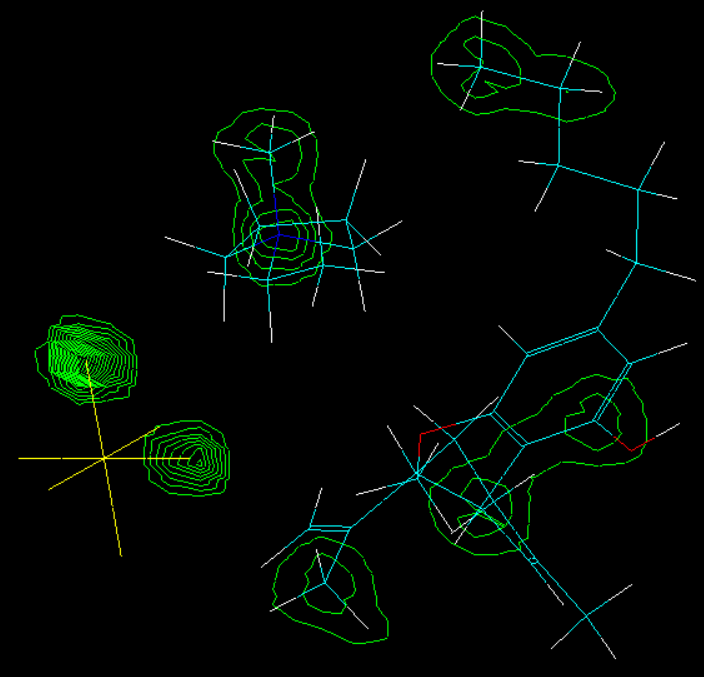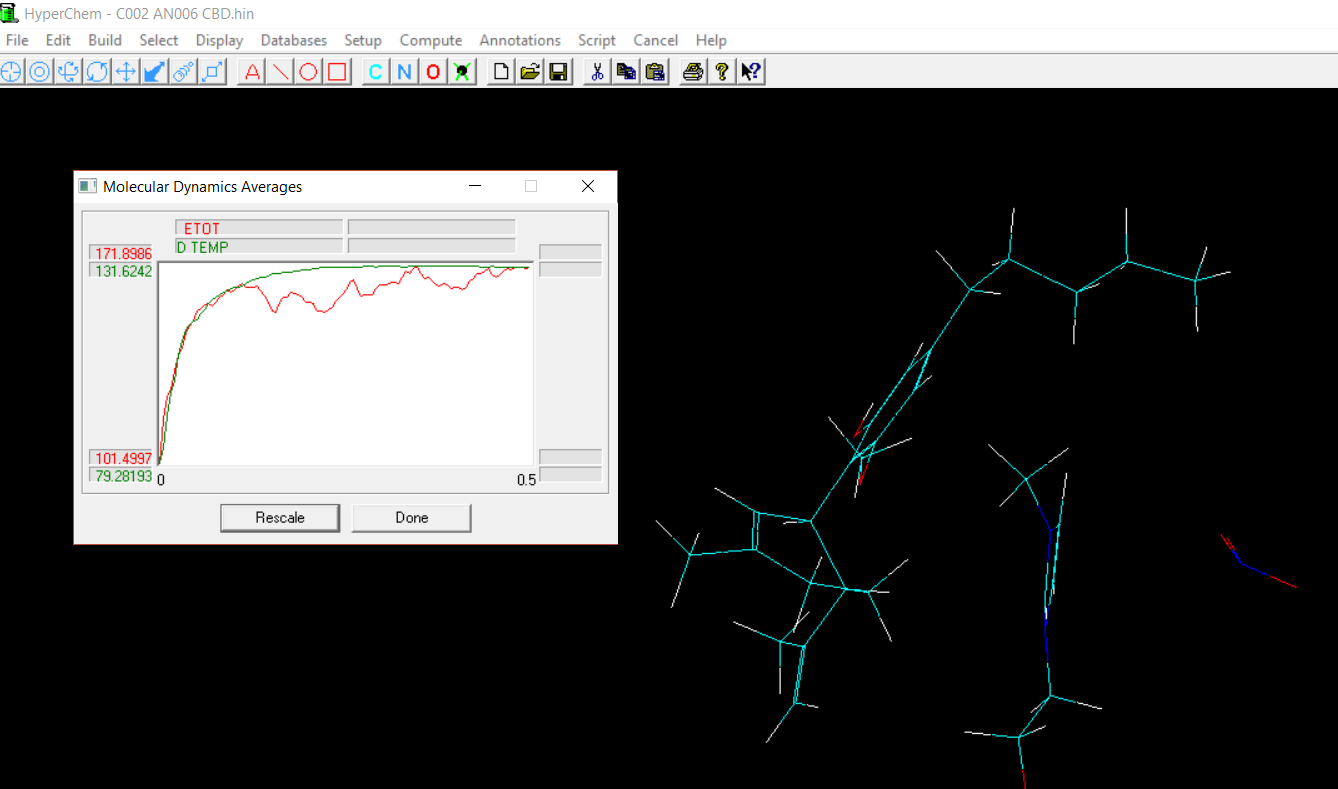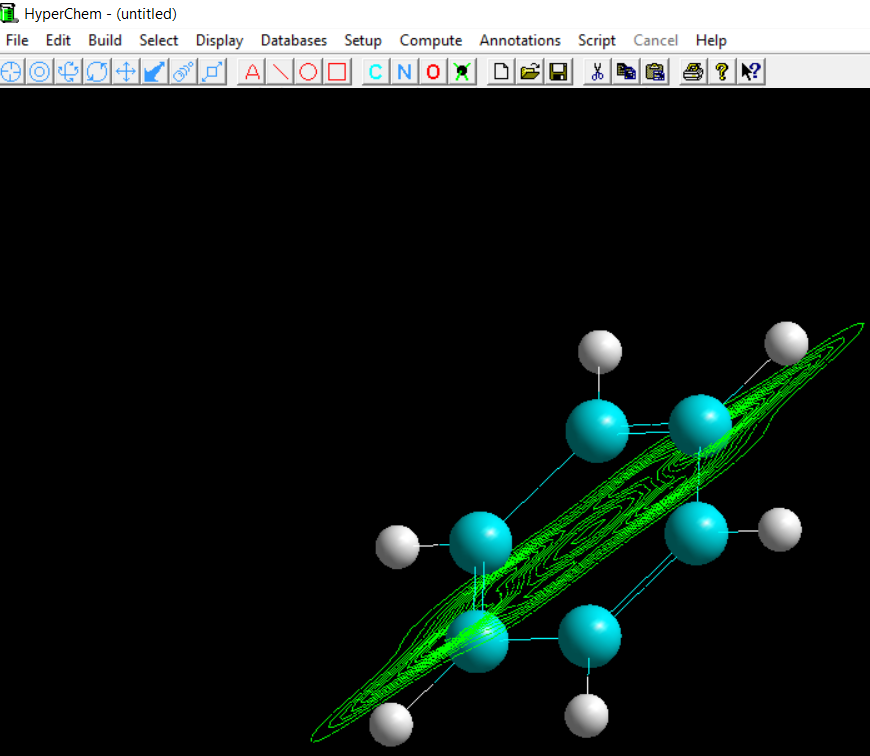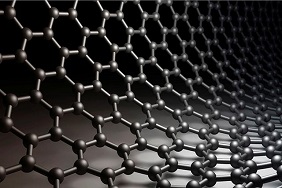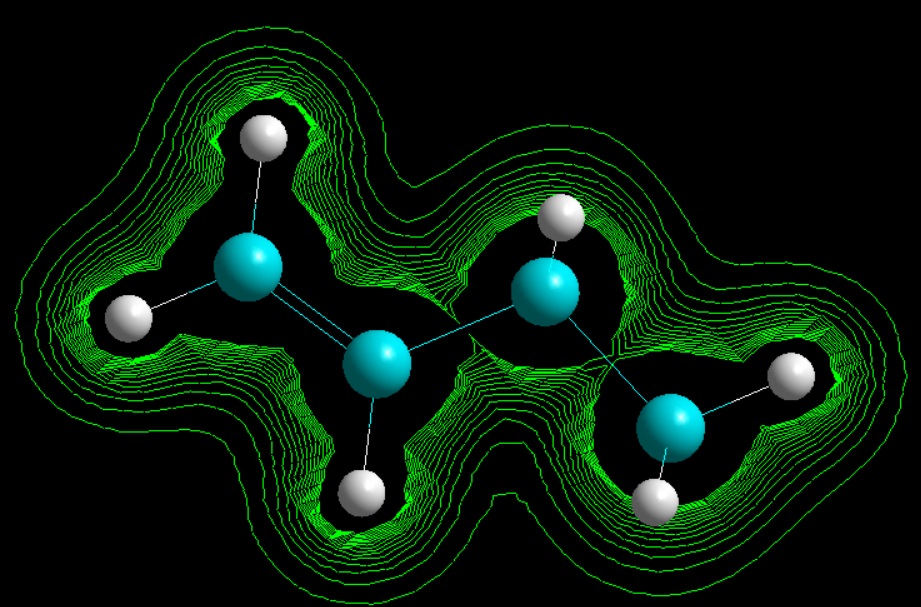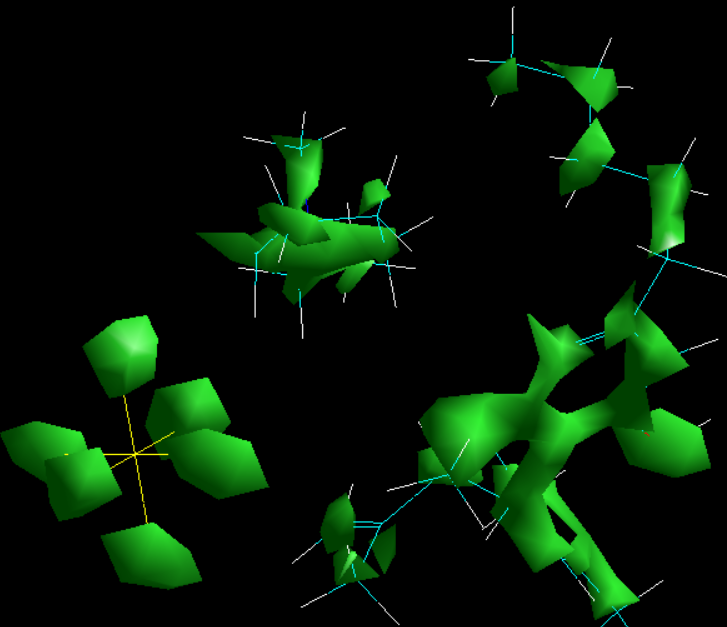
Current gaps in computational chemistry and CFD software packages
Computational chemistry approaches offer capabilities for the prediction of chemical, physical, mechanical and electronic properties that could only be imagined ten years ago. Various methods and approaches allows scientists to predict behavior of chemical, physical and electronic systems with experimental accuracy, taking advantages of advances in the field of theoretical chemistry, computational hardware and cloud technology. Most computational chemistry packages offer parallel processing that allows the simultaneous solving of numerous differential equations and the application of endless trial and error loops. Novel solving algorithms have been integrated into these packages resulting to optimized solving processes with minimum required computational time and extreme prediction accuracy. However, gaps and significant margin for improvement still exist.

